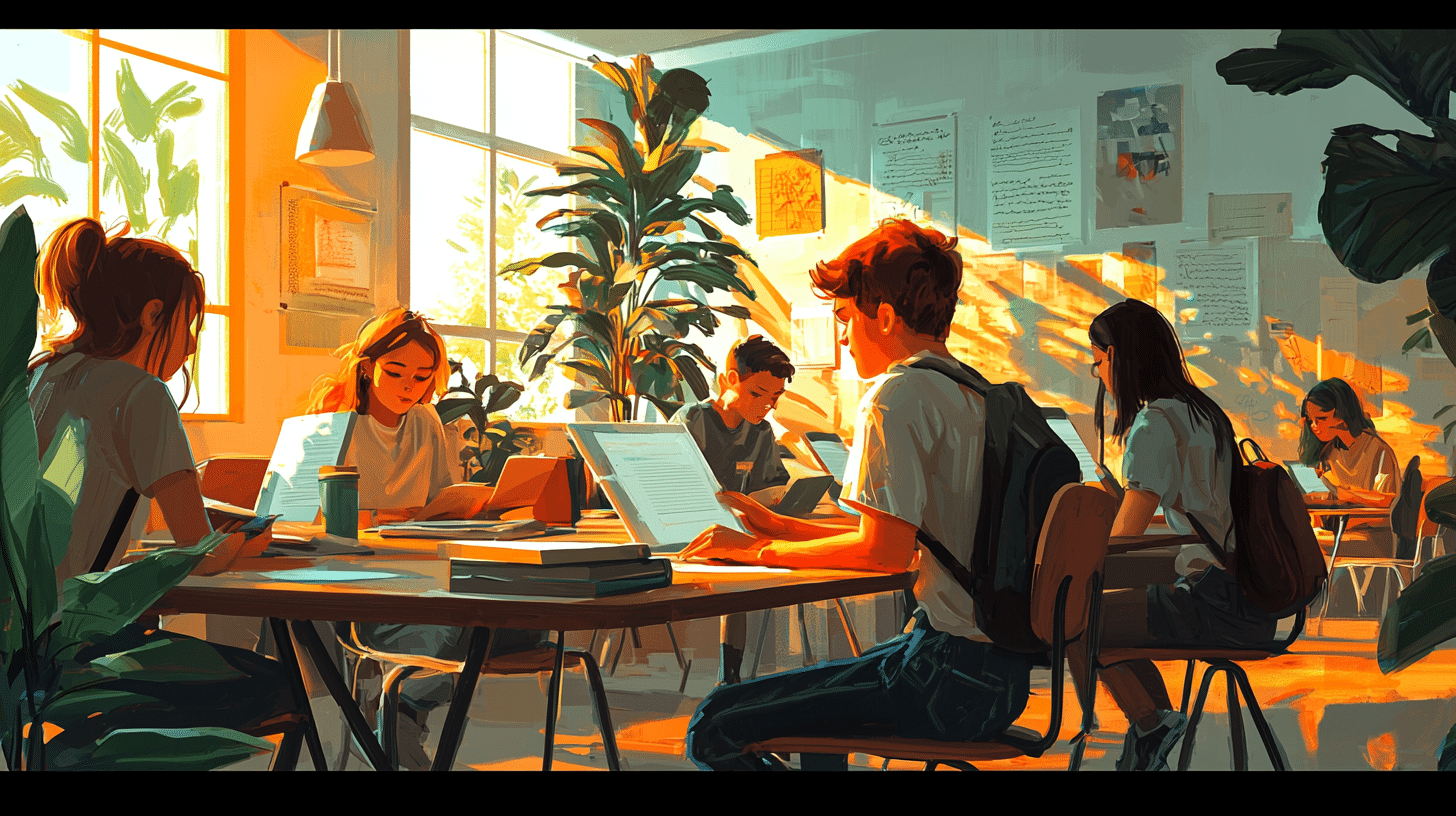Estonia, with its picturesque landscapes and rich cultural heritage, is a fascinating country to explore. Whether you’re planning a trip to this Baltic gem or simply want to broaden your linguistic horizons, learning some key Estonian words related to landscapes can greatly enhance your experience. This article will delve into various Estonian terms that describe the natural beauty of the country, helping you appreciate its geography while expanding your vocabulary.
Geographical Features
Estonia’s landscape is diverse, ranging from sprawling forests to serene lakes and coastal lines. Here are some essential words to describe these geographical features:
Mägi
The word mägi means “mountain.” Estonia may not be known for towering peaks, but it does have several notable hills and small mountains, such as Suur Munamägi, the highest point in the country.
Järv
Järv translates to “lake.” Estonia is dotted with numerous lakes, the largest being Lake Peipus (Peipsi järv), which forms part of the border between Estonia and Russia.
Meri
The word meri means “sea.” Estonia has a long coastline along the Baltic Sea, providing ample opportunities to explore beaches and coastal towns.
Raba
Raba refers to “bog” or “swamp.” Estonia has many bogs that are integral to its ecosystem. Exploring a raba, such as the Soomaa National Park, offers a unique experience of Estonia’s natural beauty.
Jõgi
Jõgi means “river.” Estonia’s rivers, like the Emajõgi and Narva, are crucial for the country’s water system and offer scenic views.
Flora and Fauna
Understanding the local flora and fauna can also enrich your experience of Estonia’s landscapes. Here are some useful terms:
Mets
The word mets means “forest.” Estonia is one of the most forested countries in Europe, with forests covering nearly half of its land area. The Lahemaa National Park is a perfect place to experience the beauty of Estonian forests.
Puu
Puu translates to “tree.” Estonia is home to a variety of tree species, including pine, spruce, and birch.
Lill
Lill means “flower.” Estonia’s meadows and forests are often adorned with beautiful wildflowers, especially in the spring and summer months.
Loom
The word loom means “animal.” Estonia’s wildlife includes a range of animals, from deer and elk to bears and lynxes.
Lind
Lind translates to “bird.” Birdwatching is a popular activity in Estonia, particularly in places like Matsalu National Park, where you can spot a variety of bird species.
Climate and Weather
Describing the climate and weather is crucial when discussing landscapes. Here are some terms that will help you talk about the Estonian climate:
Ilm
The word ilm means “weather.” Estonia experiences a temperate climate with distinct seasons, making it important to know how to describe the weather.
Külm
Külm means “cold.” Winters in Estonia can be quite cold, with temperatures often dropping below freezing.
Soe
The word soe means “warm.” Summers in Estonia are generally mild and pleasant, perfect for outdoor activities.
Vihm
Vihm translates to “rain.” Estonia experiences a fair amount of rainfall throughout the year, particularly in the autumn.
Lumi
Lumi means “snow.” Snow is common in Estonia during the winter months, transforming the landscape into a winter wonderland.
Human-Made Features
In addition to natural features, human-made elements also contribute to the landscape. Here are some terms to describe these:
Linn
The word linn means “city” or “town.” Estonia’s cities, such as Tallinn and Tartu, offer a blend of historical architecture and modern amenities.
Küla
Küla translates to “village.” Estonia has many quaint villages that provide a glimpse into traditional Estonian life.
Loss
The word loss means “castle.” Estonia is home to several historical castles, such as the Toompea Castle in Tallinn and the Kuressaare Castle on Saaremaa Island.
Kirik
Kirik means “church.” Estonia has many beautiful churches, ranging from medieval structures to more modern designs.
Teekond
The word teekond means “journey” or “route.” Whether you’re hiking through forests or driving along the coast, the journey itself is a key part of experiencing Estonia’s landscapes.
Activities and Experiences
Finally, let’s look at some words related to activities and experiences that allow you to engage with the landscape:
Matkamine
Matkamine means “hiking.” Hiking is a popular activity in Estonia, with numerous trails offering stunning views of the natural landscape.
Ujumine
The word ujumine translates to “swimming.” With its many lakes and coastal areas, Estonia offers plenty of opportunities for swimming.
Kalapüük
Kalapüük means “fishing.” Fishing is a common pastime in Estonia, whether in its rivers, lakes, or the sea.
Jalgrattasõit
The word jalgrattasõit means “cycling.” Estonia’s flat terrain and scenic routes make it an ideal destination for cycling enthusiasts.
Vaatamisväärsus
Vaatamisväärsus translates to “sightseeing.” From historical landmarks to natural wonders, there is no shortage of sights to see in Estonia.
Conclusion
Learning these Estonian words related to landscapes not only enhances your vocabulary but also deepens your appreciation for the country’s natural beauty. Whether you’re hiking through a mets, swimming in a järv, or exploring a küla, these terms will help you connect more deeply with the Estonian landscape. So, the next time you find yourself gazing at the serene beauty of Estonia, you’ll be able to describe it with the eloquence it deserves.

